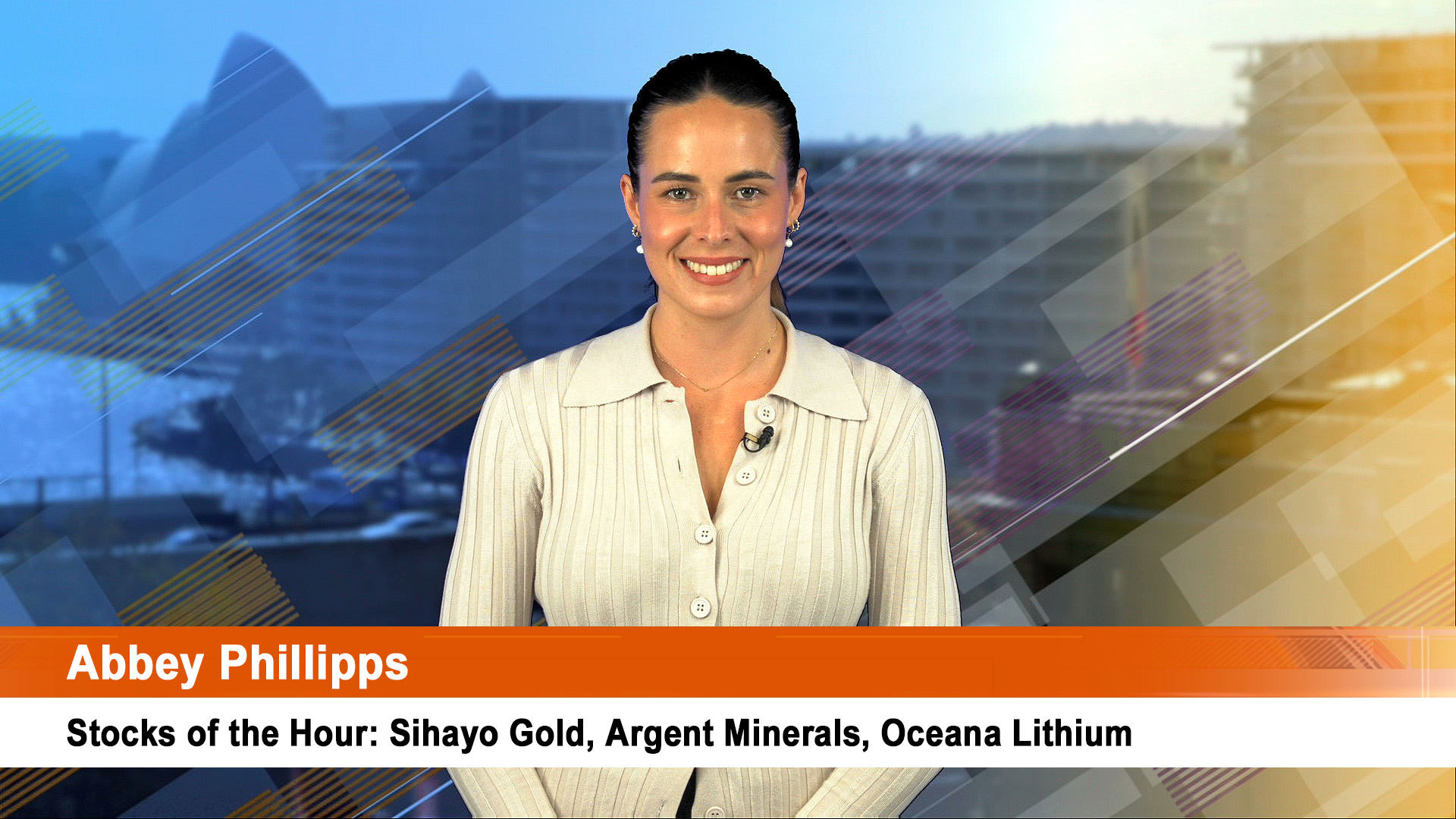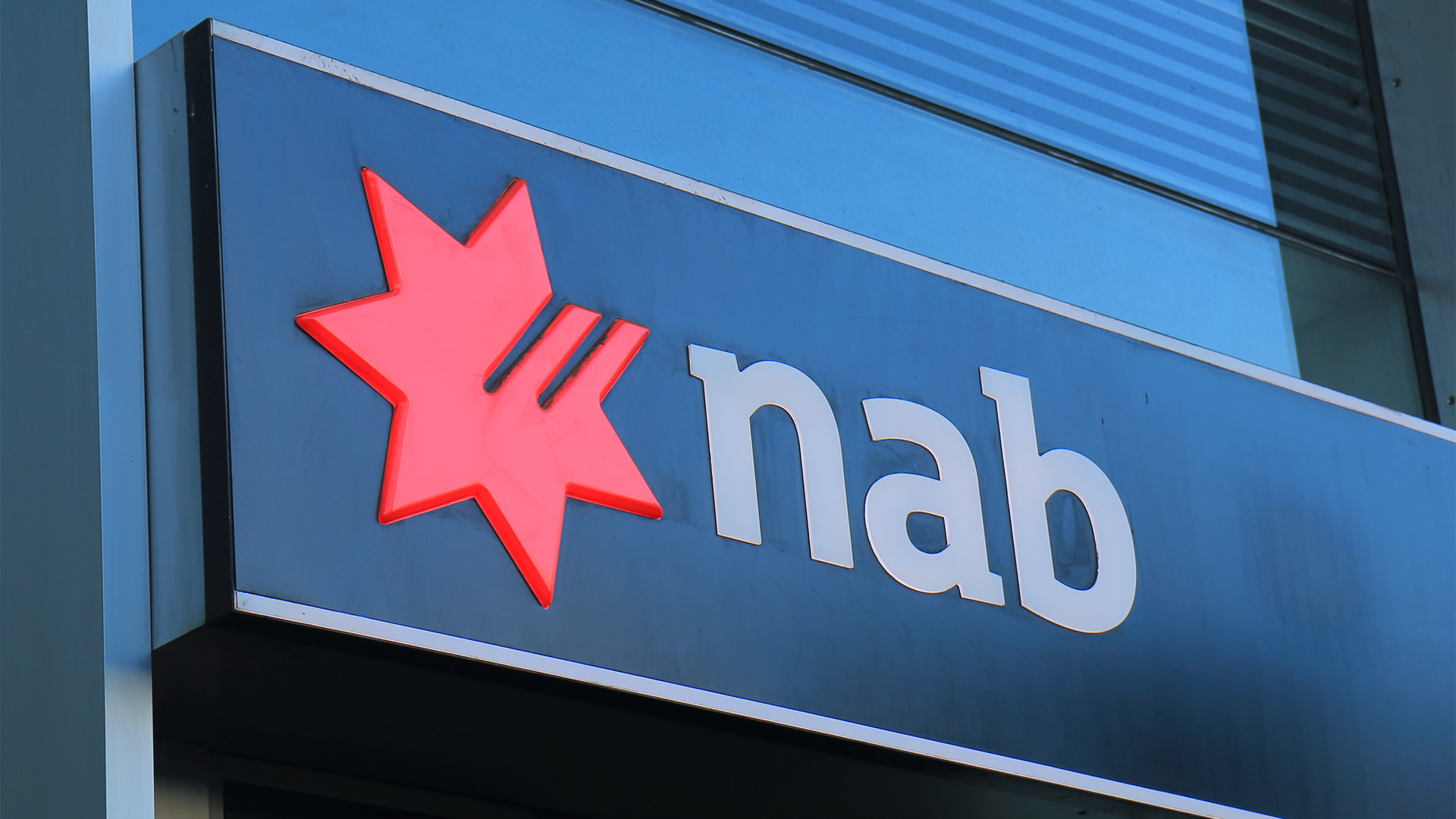The Australian economy slowed in the 4th quarter of 2012, but we still ended up doing better than many other leading economies.
The 0.4% growth rate underscores the Australian economy’s strong fundamentals and enduring resilience in uncertain times, with economies like Germany, Japan, the UK and Italy contracting in the December quarter.
While the growth rate for the economy grabbed the headlines, the details of the national accounts confirm the current direction and performance of the economy and its various sectors.
Some are doing OK, some are weak, some are being restructured and face more of the same for quarters to come.
In fact the growth figures confirm the rate decisions on February and Tuesday by the Reserve Bank and the assessment of the economy in the post-meeting comments by Governor Glenn Stevens.
The 2.3% annual rate fell short of the RBA’s for 2011 (in February) of 2.75%. The RBA sees growth in the year to June at 3.5%, so there will have to be an acceleration this quarter and next for that to be achieved.

And for those analysts, who are already grabbing the figures to justify a rate cut or two this year, remember that rates were cut twice towards the end of the December quarter and the impact has yet to show up in the level of activity.
The Australian Bureau of Statistics said the rise in December came after a downwardly revised rise of 0.8% in the September quarter (1% originally reported last December).
That gave a growth figure for the year of 2.3%, down a bit on most forecasts, as was the quarter on quarter increase market forecast which was around 0.8%.
The annual growth rate for the 12 months to September was 2.6%.
That stacks up well with other major economies.
According to the Organisation for Economic Cooperation and Development (OECD), preliminary real GDP estimates in seasonally adjusted terms showed movement in quarterly growth for USA (0.7%), France (0.2%), Japan (-0.6%), Germany (-0.2%), UK (-0.2%) and overall OECD total (0.1%).
As well, the eurozone contracted by 0.3% in the December quarter, according to EU figures this week.
The 2.3% annual growth here compares with 1.6% in the US, 0.7% in the eurozone and the UK, and a 1% contraction for Japan. China grew by 9.2% in 2011.
The ABS said a solid contribution from consumption and inventories, plus exports; helped drive the modest increase in GDP, but more surprising was the positive contributions from manufacturing and financial services, both of which have seen job losses, business cutbacks and falling levels of demand.
In fact household consumption rose 0.5% in the quarter to be up a very solid 3.5% for the year.
That growth figure for 2011 contains the fall of 0.9% in the March quarter caused by the terrible floods in Queensland and then cyclone Yasi, which helped send inflation higher.
Looked at another way, the economy survived a huge supply side knock to regain its trend growth line as the year went on and finished faster than it started in the March quarter.
The ABS said today that GDP and non-farm GDP both increased by 0.4% in the December quarter.
ABS said the 4th quarter’s growth was driven by an 0.5% contribution from final consumption expenditure, 0.3% contribution from inventories and 0.3% contribution from net exports (a negative 0.9% in the September quarter).
The increases were partially offset by a -0.2% contribution from dwelling investment and -0.2% contribution from business investment.
The ABS said, "Industries that drove growth in the December quarter were financial and insurance services and manufacturing, each contributing 0.1% to growth in GDP".
Manufacturing, as we all now, is supposed to be dead, but it keeps showing clear signs of life.
The December quarter saw the Terms of Trade fall 4.7% (up 3.2% in the September quarter), the first fall since September 2009.
This was reflected in real gross domestic income, which fell 0.6% in seasonally adjusted terms for the quarter that was due to the fall in the terms of trade.
Real net national disposable income (seasonally adjusted) fell 0.9% in the quarter.
But over all of 2011, it still grew faster than GDP, 4.9% against 2.3%.
The ABS said that on the expenditure side (in seasonally adjusted terms) "the main contributors… were Household final consumption expenditure (0.3 percentage points), Inventories (0.3 percentage points) and Net exports (0.3 percentage points) with Private gross fixed capital formation detracting 0.4 percentage points".
The household savings rate dipped to 9% in the final quarter, against 10.1% in the September quarter.
The solid 3.5% rise in household consumption rose 3.5% in the year to December and the half a per cent lift for the quarter came from a mixture of factors.
The ABS singled out "food, purchase of vehicles, Rent and other dwelling services and Insurance and other financial services," with each contributing 0.1 percentage points to growth in Household final consumption expenditure. Government final consumption expenditure increased 1.0% in seasonally adjusted terms".
Food and vehicle purchases (see Tuesday’s Air for the report on a solid month of car sales for February) continue to demonstrate that retail is doing well; it’s just that the old certainties are no longer possible for department stores, boutiques and consumer electronics purveyors, not unless they change their business models to take account of more assertive consumers.













